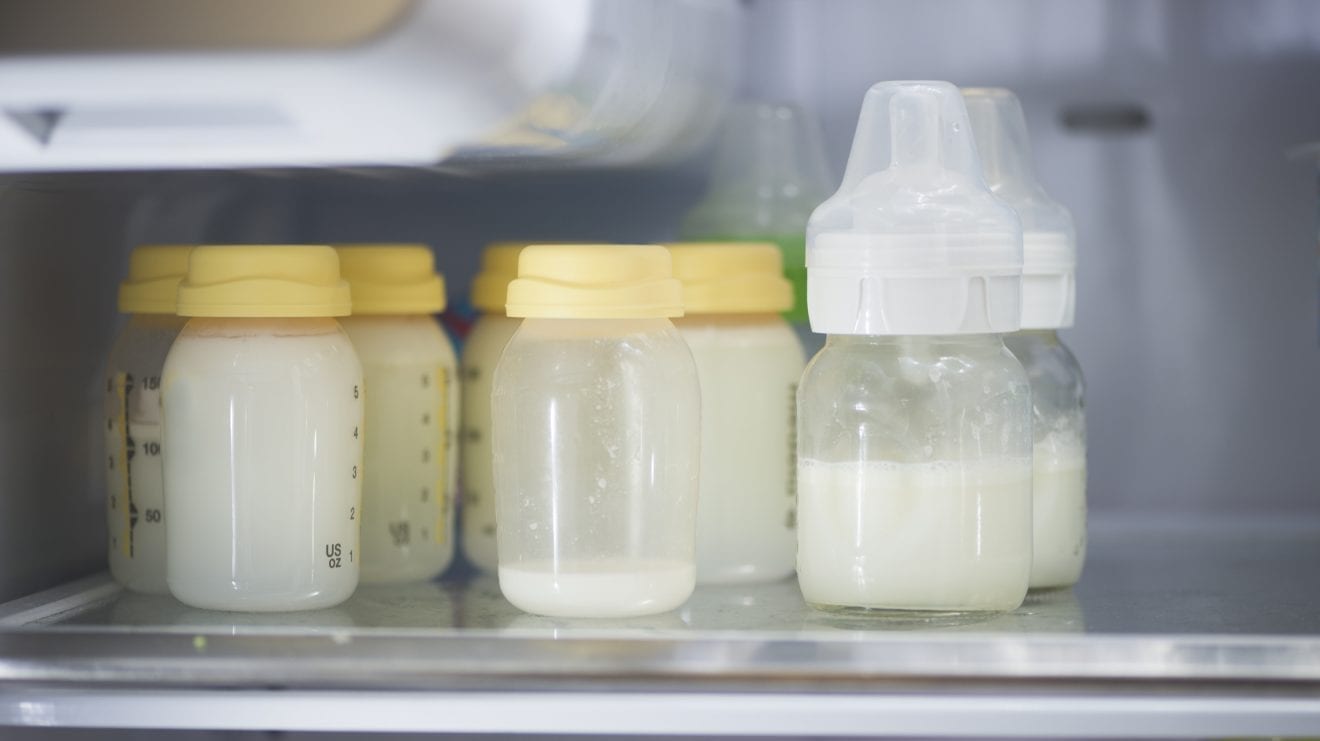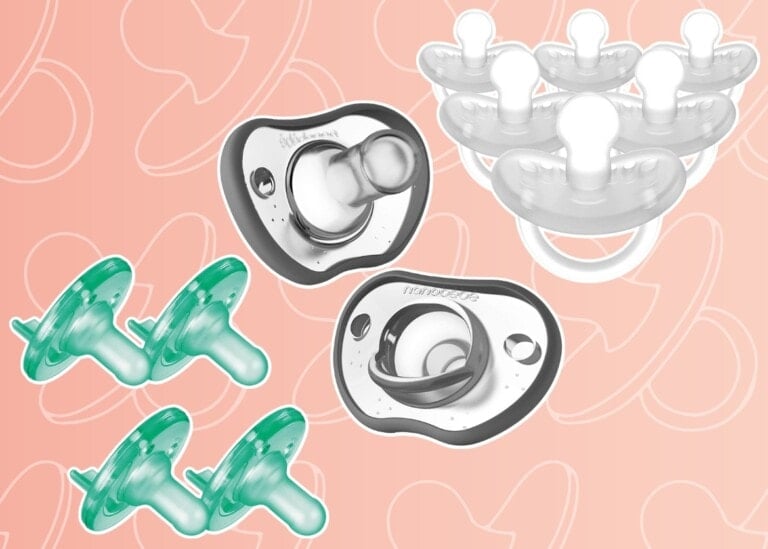Are you a breastfeeding momma or pregnant and planning to breastfeed your little one? If so, props to you. Because breastfeeding, while rewarding, isn’t always as natural as it’s thought to be. Many consider it a natural and almost effortless way to feed your baby, but it is far from it. There are so many questions and often so many challenges, especially during those early weeks. One concern some new moms have is foremilk and hindmilk imbalance.
We commonly see foremilk and hindmilk imbalances among moms experiencing an oversupply of milk. This is when you produce more milk than your baby needs, and unfortunately, this may mean you have a very uncomfortable and irritable baby.4 If your little one is increasingly gassy, fussy with feedings, always seems hungry, and has frothy green poops, it may be time to look into the possibility of an imbalance.3 It is devastating to see your baby in discomfort and pain, but by working with your healthcare team or lactation consultant, you can find ways to support your supply and your baby’s health.
What Is The Difference Between Foremilk and Hindmilk?
The first milk baby removes from your breast after “let down” is called foremilk. Foremilk is found to be lower in fat content and higher in lactose than hindmilk which follows.6
Hindmilk comes after foremilk, later in the feeding session. Studies have found that hindmilk is higher in fat content than the milk that comes in the beginning.1 The fat content of breast milk rises throughout a feeding.5 Due to the higher fat content of the creamier hindmilk, the baby also receives more calories from milk later in the breastfeeding session.5,7
What You Need to Know About a Foremilk and Hindmilk Imbalance
When a mother has a regulated milk supply, and the baby empties the mom’s first breast before moving to the second, the baby is most likely receiving the perfect amount of fat, lactose, and volume they need.5 These ideal amounts make breast milk easier for babies to digest. When a mother produces more milk than their baby needs, it is an oversupply. With an oversupply, you may notice a foremilk and hindmilk imbalance, also known as lactose overload.2
At the beginning of a breastfeeding session, a baby starts by receiving foremilk. This means that during the feed’s start, your baby receives less fat and more lactose. When a mom has an oversupply of milk, the baby may not empty the mom’s breast, receiving an uneven balance of foremilk and hindmilk. Hindmilk is vital in helping a baby digest breast milk easier due to its fat content. Fat allows the milk to move through the baby’s digestive system slower, giving time for the lactose to break down adequately. Without receiving the ideal amount of hindmilk, lactose overwhelms a baby’s gut, causing very uncomfortable symptoms for them.2
Identifying a foremilk and hindmilk imbalance may not be as apparent as you think. The diagnosis is commonly mistaken for reflux, colic, and milk allergies.4 It will be necessary to closely watch your little one’s symptoms and speak to your baby’s healthcare team when concerns arise. Please refer to the commonly seen symptom list below.
Signs and Symptoms of Foremilk and Hindmilk Imbalance
Here are some signs and symptoms to look for:3,4,6
- Significant weight gain
- Fussiness with feedings
- Gassiness
- Frequent stools
- Stools that are green, frothy, and “explosive”
- Always seems hungry
What Can You Do About It?
If you think you may be dealing with a foremilk and hindmilk imbalance, you can implement a few interventions to help support your milk supply and your baby’s health. The most important thing to focus on is allowing your little one to fully empty your first breast before offering the second. This will ensure your baby is receiving the needed amounts of both foremilk and hindmilk and will start to help regulate your milk supply.
Tips, Tricks, and Quick Fixes for Foremilk and Hindmilk Imbalance
Check out the list below for some more helpful tips:3
- Slowly reduce your milk oversupply. An oversupply of breast milk can commonly be the culprit of the imbalance causing lactose overload for your baby. It will be essential to work with a lactation consultant when attempting to reduce and regulate your supply for a safe plan of action.3
- Ensure your baby has a good latch to remove milk from your breast efficiently.2
- Try a laid-back breastfeeding position. When a mom has an oversupply, she may have an overactive let-down. This quick influx of milk into the baby’s mouth may be overwhelming and discourage the baby from latching and feeding. Laying back and breastfeeding can help give your baby more control over the flow while encouraging them to continue to suckle and feed.2
It is always a good idea to reach out to your healthcare team or lactation consultant to work side by side with you. They can create a care plan that best supports you, your milk supply, and your baby during this journey.
Correcting a foremilk and hindmilk imbalance can bring up many feelings of frustration, and no one wants to see their little one in discomfort and pain. With some big deep breaths and a few changes to feeding your baby, you can work to correct this imbalance and relieve any discomfort your sweet baby has been experiencing. It is always best to consult your pediatrician and a lactation consultant to help guide you through troubling breastfeeding moments. Just remember, you are an amazing mom to your little one. Keep up the fantastic work!





























